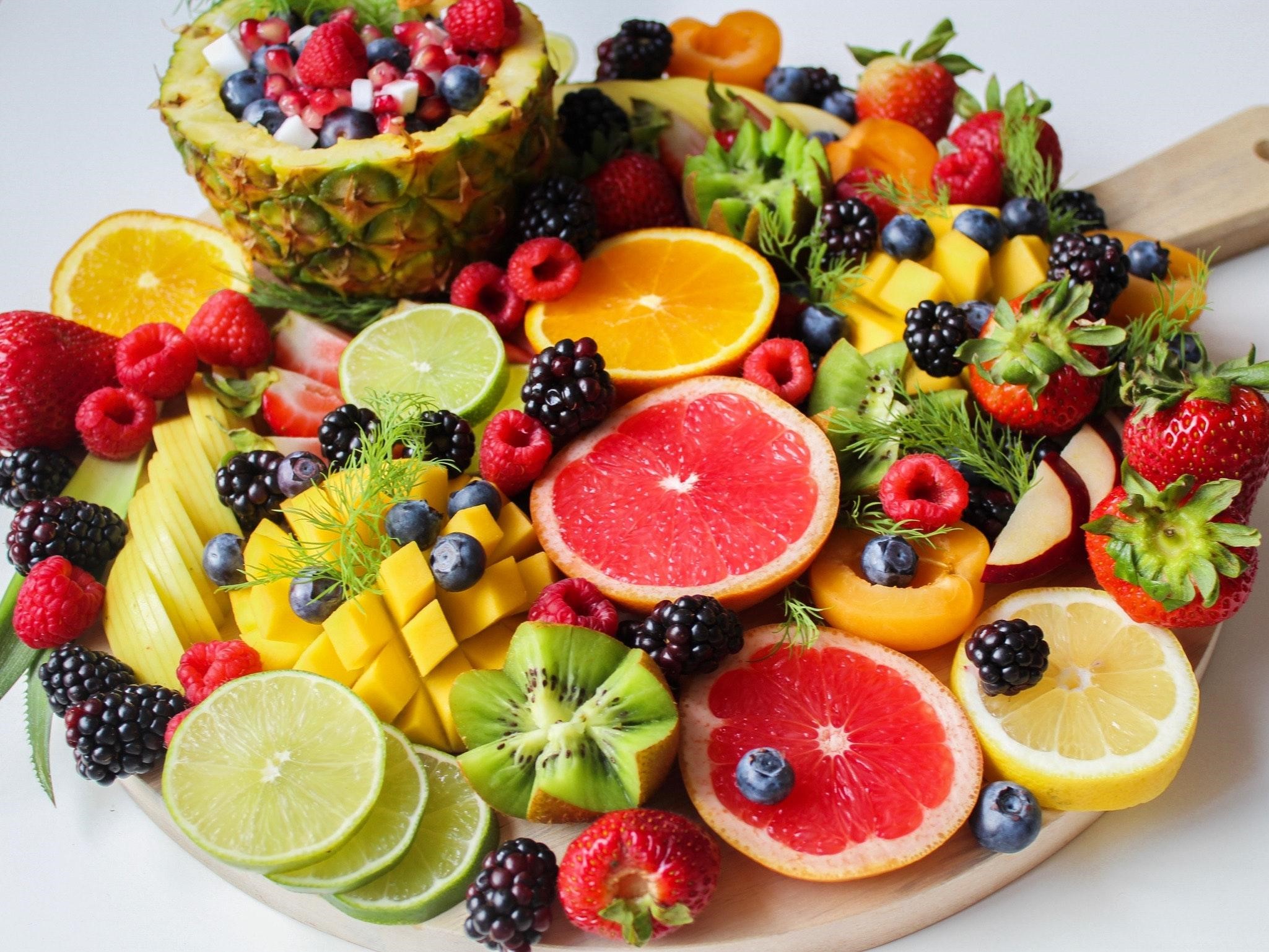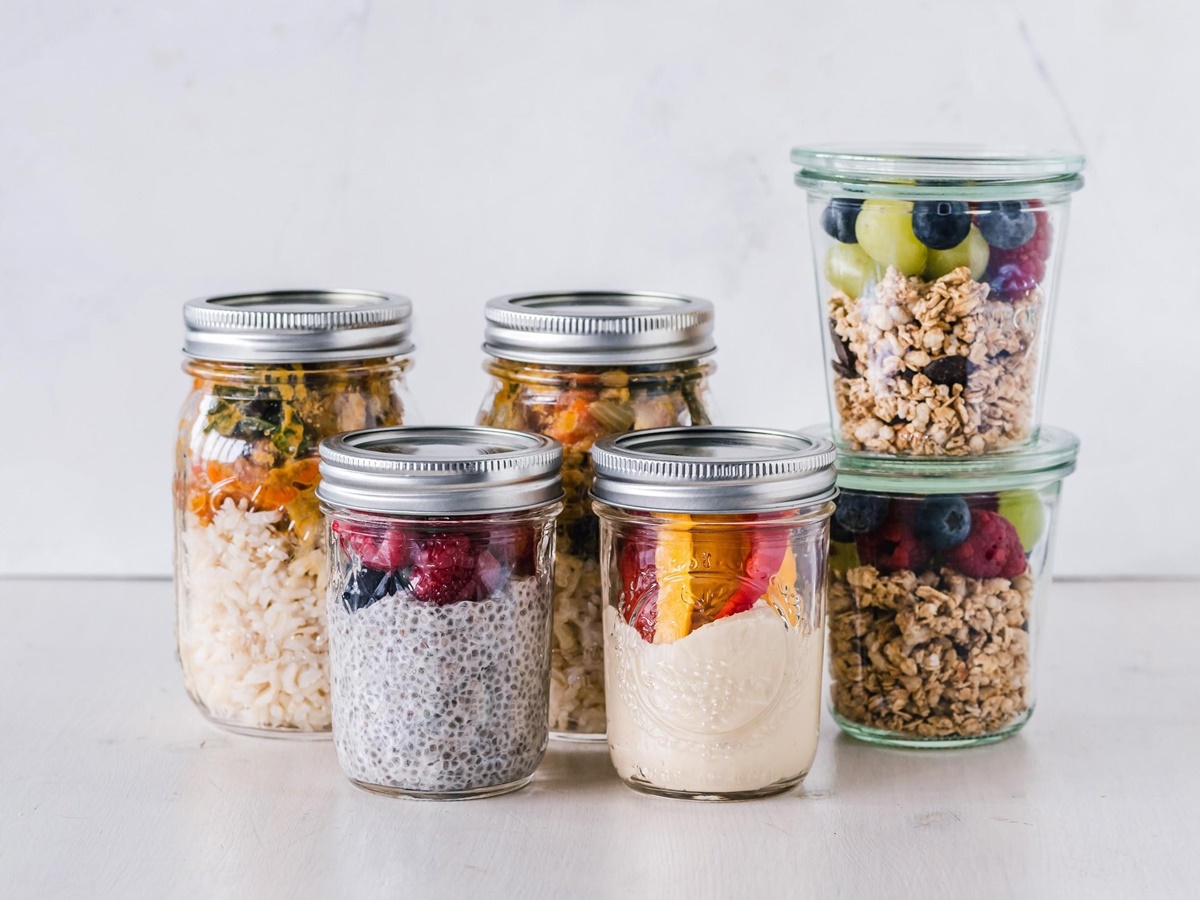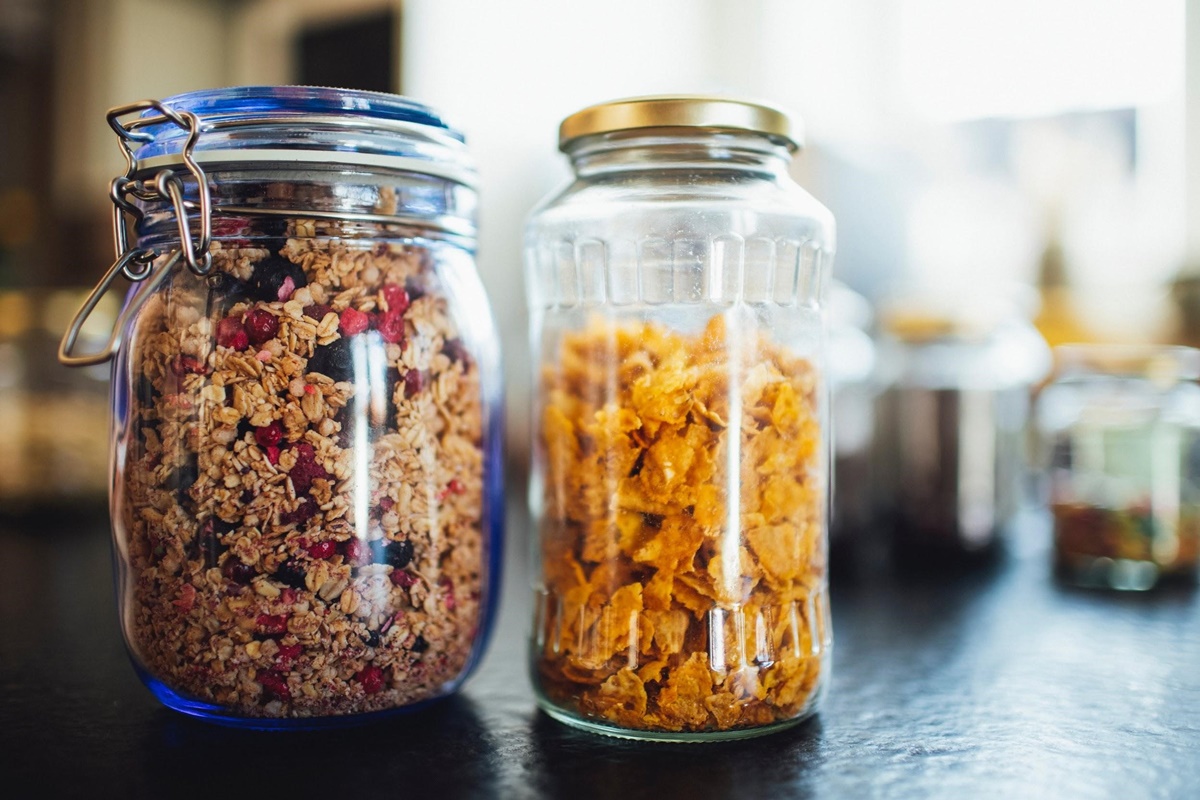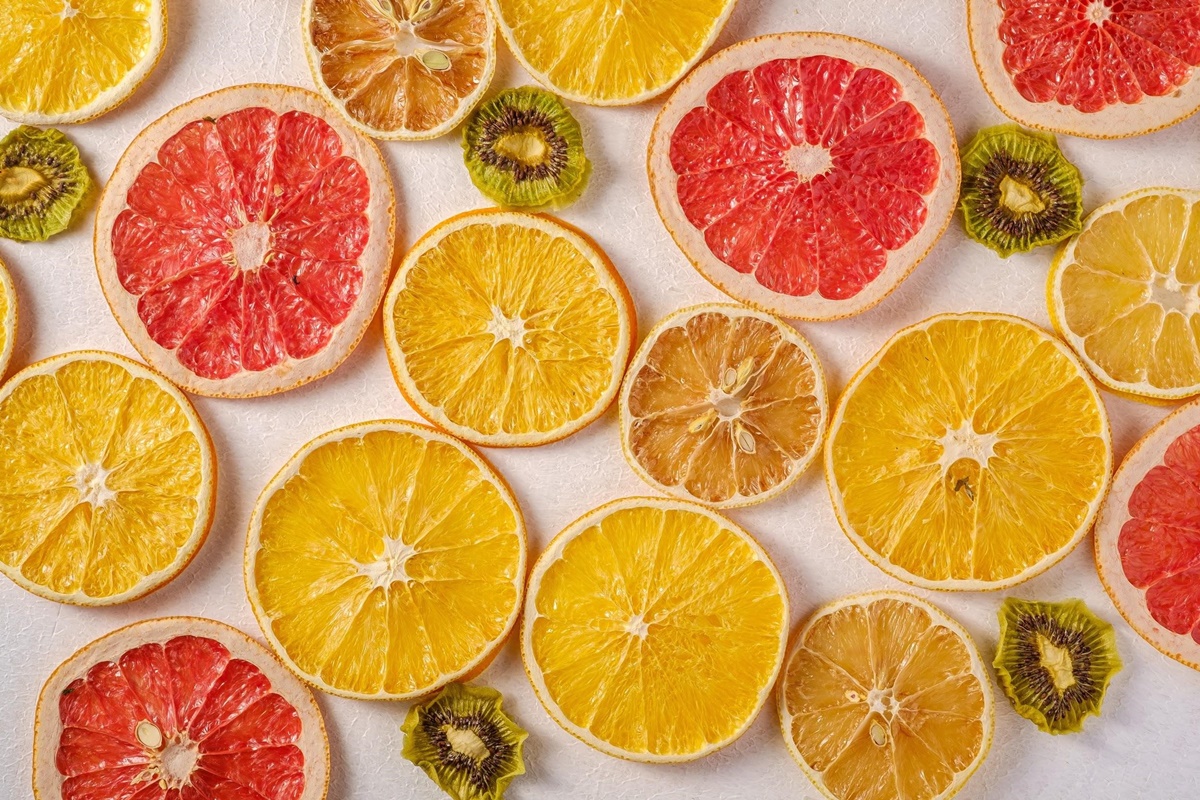Storing food properly is always a good practice to follow at home. It does not only prolong shelf-life but also keeps food safe from contamination. Aside from that, it minimizes food wastage .
However, different kinds of foods require different ways of storing. For dry goods like nuts and flour, you should keep them in airtight containers to prevent staleness. Vegetables are best in spacious containers to avoid moisture buildup.
Knowing the proper way of preserving foods is especially helpful during this coronavirus pandemic. You might want to do groceries less often, so your option is to buy goods in bulk. To help you prolong your food’s shelf-life, we will discuss several tips below.
The Classification of Food Based on Perishability
To help you understand the importance of preserving food, let us talk about the classification of food first. This way, you can also identify those that need refrigeration or not.
1. Perishable
Perishable foods are those that quickly decay or spoil if not refrigerated. These include eggs, dairy, meat, cooked foods, and fruits and vegetables. If you store them in the fridge, they are good to eat within 3-7 days.
2. Semi-Perishable
Semi-perishable foods are those that may not need refrigeration but have short shelf-life. They can spoil quickly or have a prolonged shelf-life depending on how you handle them. Dry mixes, dried fruits, and grain products are the examples for this type. If you keep them in vacuum-sealed bags, for example, they can last up to 6 months.
3. Non-Perishable
Non-perishable foods do not need immediate refrigeration and can last for a year. Examples are canned goods, spices, and dried beans. They will not spoil easily unless handled carelessly. Although they can last long, storing them for longer periods may lose their quality.
7 Ways to Preserve Food
Now that you know the types of food, let us move on to the tips to prolong shelf-life.
1. Keep Foods in the Fridge
One common and effective way of prolonging shelf-life is to put foods in the fridge. This is ideal for perishable foods. The cold temperature slows down the enzyme activity that spoils food. It also prevents microorganisms that can contribute to food spoiling from thriving.
For meat, store them in your freezer as it spoils faster than the other types of food. It contains microorganisms that break fats and proteins, which spoils it. To maximize the space in your fridge, place foods in containers of the same sizes.
2. Store Foods in Airtight Containers
Exposure to oxygen can shorten the shelf-life of many types of foods. Examples of these are cereal, granola, spices, and dried fruits. Therefore, it is important to seal these foods in airtight containers.
However, there are many types of airtight containers you can use. It can get confusing which type to choose that best fits your needs. You can use both plastic and glass containers as they are great storage options.
3. Separate Vegetables and Fruits
Vegetables and fruits need different ways of storing. Tomatoes, for example, may lose their flavor and develop a different texture when you place them in the fridge.
Leafy vegetables also tend to produce mold because of their moisture. Therefore, it is important to keep them dry and store them in a spacious container. Get rid of their plastic packaging as well to avoid moisture. For lettuce, include some kitchen papers in the container to absorb moisture.
Some fruits like bananas have this tendency of ripening other fruits. Therefore, you need to isolate them when storing. You also need to refrigerate berries and citrus fruits because they deteriorate faster.
4. Pickle Foods
This method needs a mixture of salt, spices, and vinegar to soak food. Foods go through the process of fermentation. This results in a salty flavor as it keeps the foods’ texture. The process also increases acidity and changes the foods’ color as well. Here is a list of some vegetables and fruits you can pickle:
- Peppers
- Blueberries
- Green beans
- Grapes
- Cauliflower
- Beets
- Asparagus
- Peaches
- Strawberries
- Tomatoes
5. Can Foods
Like the second tip, canning is basically preserving food in an airtight glass container. The only difference is it involves heating. The heat can disrupt spoilage as it destroys contaminants in the food. It involves two methods: pressure and water bath canning.
Pressure canning uses 240°F heat to preserve foods low in acid. The level of temperature kills bacteria and makes a vacuum seal that stops spoilage. You can use this method for the following foods:
- Seafood
- Chili
- Vegetables
- Salsas
- Poultry
- Meats
Water bath canning uses a lower temperature than pressure canning. It is best for foods with high levels of acid. It kills enzymes, yeast, and mold that cause spoilage. This is ideal for foods like:
- Condiments
- Vinegars
- Sauces
- Relishes
- Tomatoes
- Salsas
- Jams
- Fruits
To get the best quality for your container, check out these non-toxic canning jars. Manufacturers of these jars design them for storing foods. They make them using fine food-grade materials to serve their purpose perfectly.
6. Let Hot Foods Cool Before Refrigerating
Storing hot foods in a container increases their temperature even more. This means it increases the risk of spoiling your foods. Leave cooked foods to cool first. Once ready, store it properly in an airtight container and refrigerate it.
7. Dry Foods
Drying is basically dehydrating food. This process prevents bacteria, molds, or yeast to develop. You can achieve this by combining air current, low humidity, and warmth.
It is important to note that drying takes time. The time also varies in the drying method, foods’ moisture content, and type of food. You can dry foods through:
- Microwave
- Air
- Sun
- Oven
- Dehydrators
Conclusion
Preserving food depends on the type of food you will store. You must understand that perishable foods need refrigeration or even freezing. Canning other types of food can also be a great way when done appropriately. Regardless of the method you choose, do it appropriately.


















